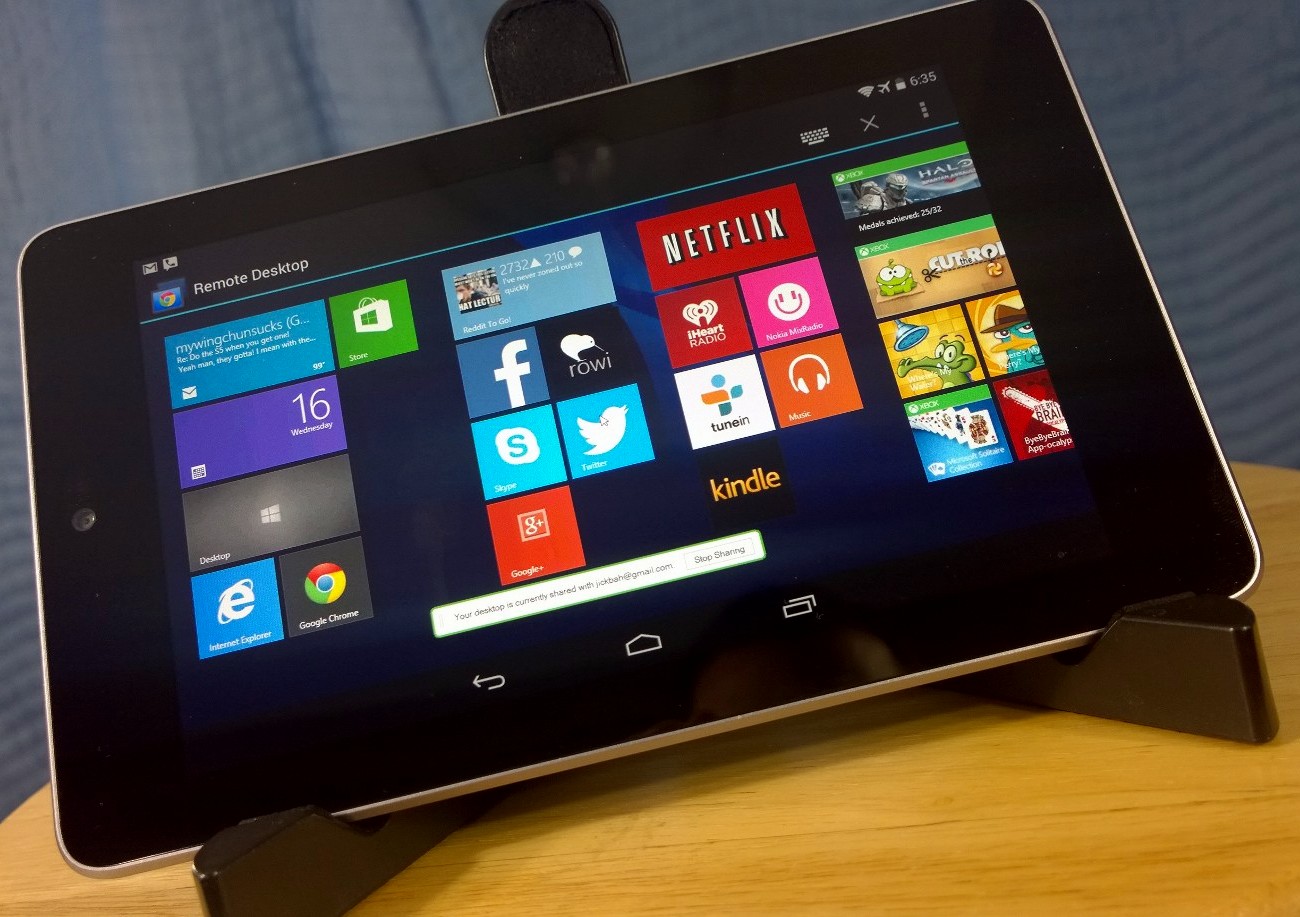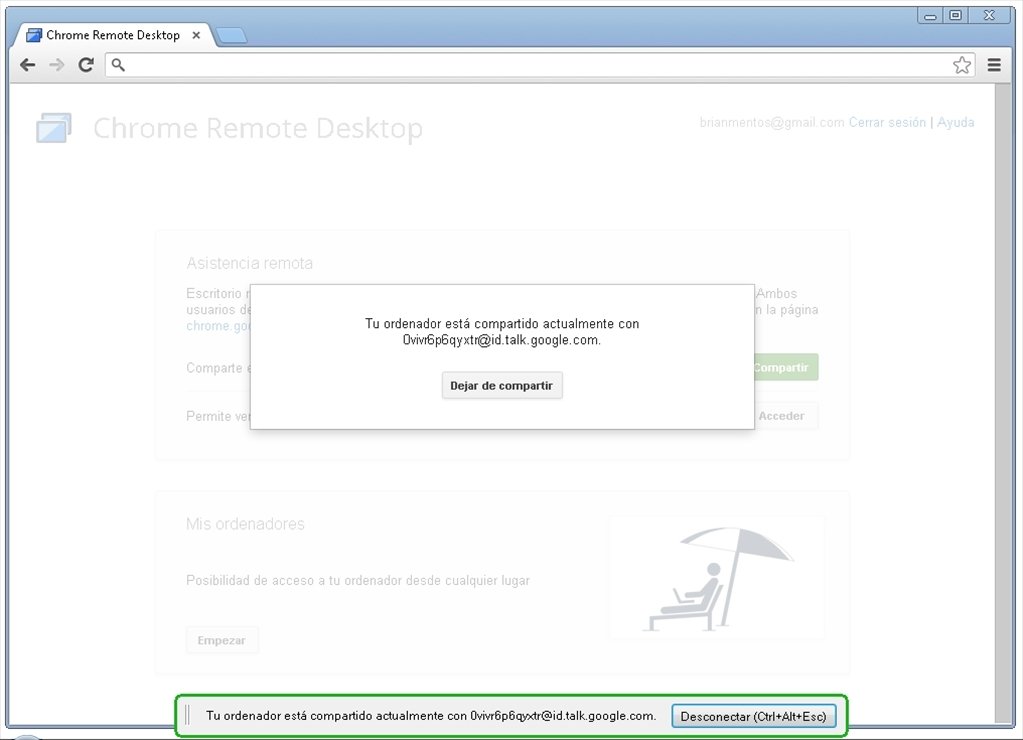

- CHROME REMOTE DESKTOP SLOW INSTALL
- CHROME REMOTE DESKTOP SLOW DOWNLOAD
- CHROME REMOTE DESKTOP SLOW WINDOWS
When you’ve reproduced the slowdown, enter Ctrl+ Win+ R to save the trace buffers to the file.The actual duration depends on system-activity levels. You can leave the tool running indefinitely because it only records the last 60 seconds (approximately) of activity. The tool starts recording the last 10–60 seconds of activity. While investigating your issue, we may ask you to collect another trace with different categories selected. In settings, select these Chrome tracing categories: "input, toplevel, latency, er_timing, disable-by-default-toplevel.flow". Note: We recommend you turn on these extra options in UIforETW before capturing a trace.
CHROME REMOTE DESKTOP SLOW WINDOWS
On your local Windows machine, open UIforETW.
CHROME REMOTE DESKTOP SLOW INSTALL
Extract the contents and run etwpackage\bin\UIforETW.exe to install the necessary versions of the Windows Performance Toolkit.It will have a name similar to etwpackage1.49.zip.
CHROME REMOTE DESKTOP SLOW DOWNLOAD
Go to the GitHub project page and download the latest release of UIforETW.To protect sensitive data, all letters are replaced with A and all numbers are replaced with 1. Note: The names of all files that are read or written during the trace will be included in the trace file. You can use the open-sourced application UIforETW to record the trace files. You can securely share your trace with Chrome engineers by following the instructions below. Traces might contain sensitive data, such as process names or parameters and DLL function names or filenames. Event Tracing for Windows (ETW) collects performance information from all running processes during a specified time period. If you can’t identify the process that’s causing high CPU usage with a process manager, try recording performance event traces and sharing them with Chrome engineers.

Or, Chrome Browser is rendering a graphics-intensive page, such as a website with 3D images or YouTube videos.

For example, the -type=renderer process is responsible for one or more tabs or extensions that are currently in use. In Process Explorer, you can see command-line parameters to verify the type of Chrome Browser process that’s running. Use Windows Task Manager or another process manager, such as Process Explorer, to identify processes with high CPU usage.ĭetermine the type of process that makes Chrome Browser run slower.


 0 kommentar(er)
0 kommentar(er)
